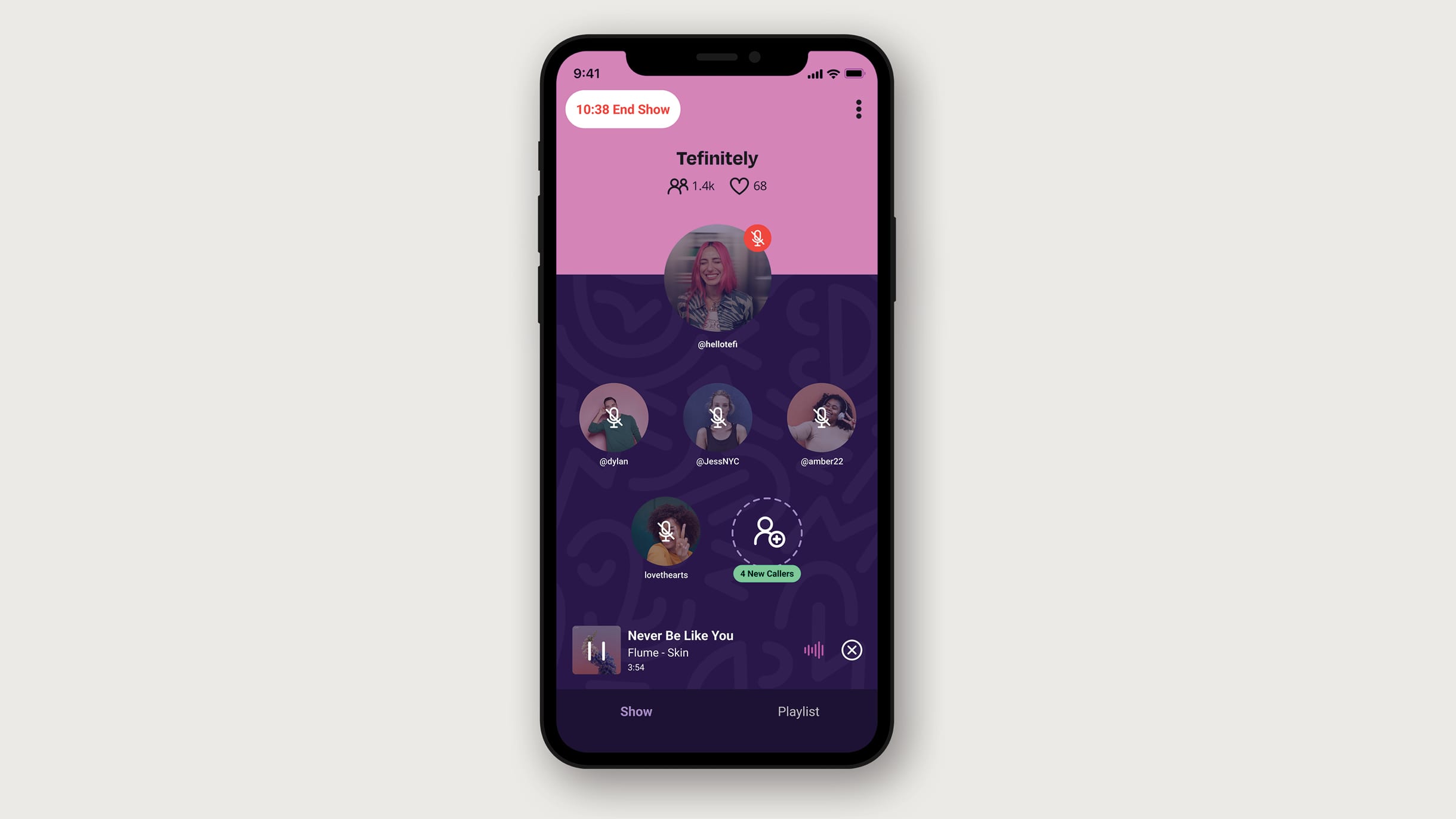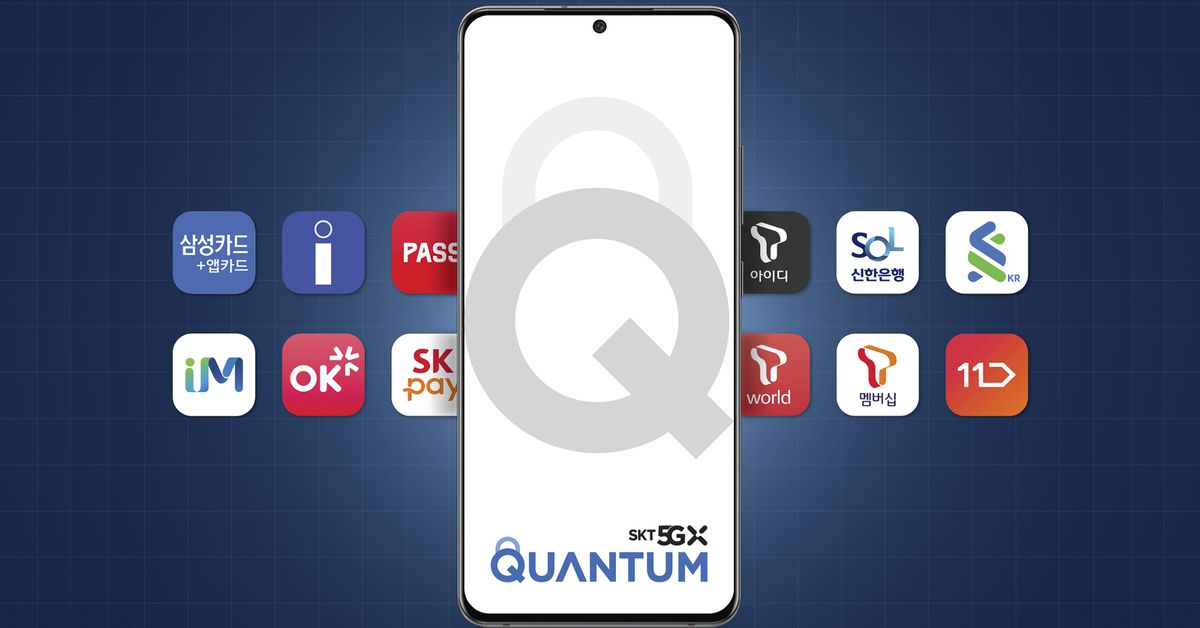OnePlus Nord N30 5G review: midrange performance, budget phone problems
The Nord N30 is a $300 phone that performs like a $500 phone, but it’s held back by a mediocre camera system — and last year’s Pixel 6A hovering over its shoulder. Continue reading…
/cdn.vox-cdn.com/uploads/chorus_asset/file/24728569/DSC04857_processed.JPG)
The OnePlus Nord N30 5G is a good budget phone, even if it’s not quite the phone I wanted it to be.
Battery life is excellent, and processing performance is well above average for its $299 price tag. There’s fast wired charging — because that’s OnePlus’ thing — and plenty of thoughtful touches you don’t always see in a budget phone, like stereo speakers, plenty of RAM, and NFC for contactless payments. These are all undeniably good things.
But it’s not all positives. The N30’s screen is a big, high-refresh-rate 6.7-inch display. But it’s also an LCD, which is a departure from the 60Hz OLED on last year’s model. On a phone this cheap, you can have one or the other, and OnePlus picked refresh rate this time around. The camera system is another wild card. Often, it’s just fine. But there’s some funkiness with its new 3x crop zoom feature, and depending on the Google Pixel 6A’s on-sale status as you’re reading this, you can do much better for not a lot more money.
The OnePlus N30 is the US variant of OnePlus’ Nord CE 3 Lite, positioned to sit on a wireless carrier’s shelves just above one Samsung A-series phone and below another. It’s likely to be a “free phone” for a lot of people trading in an old device, and if that’s the case, then I think it’s a worthy choice. If you’re paying out of pocket and the aforementioned Pixel 6A is available, well, then I think it’s a different story.
That’s one glossy back panel.
The N30 features the flat edges and screen that are in vogue now (and which I personally prefer to a slippery curved edge). The display is covered by Panda Glass, while the rear panel and exterior frame are made of plastic. I’ve definitely used budget phones that feel cheaper and flimsier, and I like the matte finish on the N30’s rails.
I do not care for the glossy plastic back. Most people will use a case, but I don’t, and the back panel quickly turned into a smudgy mess of fingerprints. There’s also a significant scuff on my review unit. I’m sure I never dropped it, so the phone must have come up against my keys or a rough surface that wasn’t kind to it — all the more reason to use a case. And you won’t find an IP rating for dust or water resistance here, either — they’re not too common in phones around $300 anyway.
The screen is a 6.72-inch LCD with 1080p resolution, which is juuuuust enough pixels to cover this huge screen. Its top refresh rate is 120Hz, but it can adjust to one of five slower refresh rates depending on what you’re doing to save on battery life. It uses faster refresh rates to make scrolling and animations look super smooth, and it gives the N30 a nice level of polish and responsiveness that you don’t get with a standard 60Hz screen.
On the downside, the colors displayed by this LCD aren’t as rich as an OLED, and it’s a little hard to use in direct sunlight. Like all OnePlus phones, the N30 comes with a screen protector applied, but I found the display a bit easier to use once I removed it. It’s a bit reflective, and mine was already starting to bubble up.
The N30 includes 128GB of built-in storage (expandable by MicroSD) and uses a Snapdragon 695 5G chipset with 8GB of RAM, which is a lot of processing power for a budget phone. OnePlus did not skimp on these specs, and it shows: day-to-day performance is very good. I’ve been using some high-end Android phones lately, including the Google Pixel 7 Pro. The N30 feels just a beat slower if I’m really paying attention, but for daily stuff, it keeps up very well. The phone chugs a little with heavier tasks like running Pocket City 2, but that’s above and beyond what I’d hope for from a $300 phone.
And can I talk about haptics for a second? I really like the N30’s haptics. Budget phones can feel a little buzzy and jarring, but I’d call the N30’s haptics polite yet reassuring. It’s a little thing, but it adds up to a good impression as you use the phone.
Battery life is another of the N30’s strong suits. There’s a huge 5,000mAh battery here, which easily lasted a day of moderate use for me, and often well into the next day. I thought nothing of it when I left home with a half-full battery on a day I’d be using the phone on the bus and coordinating an afternoon meetup with my husband. Sure enough, the N30 lasted the full day, even streaming some video on my bus ride. You can comfortably get four hours of screen-on time out of this battery, and I saw over five hours by the time I was down to single-digit battery life.
When you do need to plug in, there’s fast 50W wired charging to provide a significant battery boost in just a few minutes. In my testing, it took the battery from about 5 up to 35 percent in just 10 minutes. Like most other charging systems, it’s designed to charge more slowly as it gets closer to 100 percent to protect its overall longevity. And this is, after all, a huge battery, so a full recharge from zero to 100 takes about 45 minutes. Still, just 10 minutes on the charger will take you from oh-shit-where’s-an-outlet territory to cruising through the rest of your day free of battery anxiety. There’s no wireless charging available, but that’s rare in the under-$300 class anyway.
In other news, there’s a real, live headphone jack on the N30, praised be. OnePlus says the built-in stereo speakers go to 11 will turn up to 200 percent, which is an inherently silly concept that I refuse to engage with any further. All I can say is that, yes, it is very loud.
The N30 ships with Oxygen OS 13.1, based on Android 13. That’s great news since a lot of budget phones are still on earlier OS versions, but the less good news is that the N30 is only scheduled to get one OS upgrade with three years of security support. That’s unfortunately typical for a budget phone, but it’s really a shame here because the N30’s processing hardware will probably be able to keep up for longer than that.
The N30 will be sold by T-Mobile and its Metro prepaid brand, but the unlocked version will work on all three major US carriers’ 5G networks. That’s more great news because the N20 couldn’t access Verizon’s network, so it was only really an option for AT&T and T-Mobile customers. I can confidently say that the N30 does work on Verizon — I’ve seen my review unit (with my Verizon SIM) access 5G, including the good mid-band Ultra Wideband 5G. I’m glad OnePlus sorted that out.
The camera is nothing special for a budget phone.
I have good and bad news about the N30’s camera. The good news is that it’s good in the ways that all modern smartphone cameras are good: photos in bright light show plenty of detail and nice color. The N30 uses a 108-megapixel main camera with an f/1.7 lens that bins nine pixels for better light-gathering in low-light conditions and outputs 12-megapixel images.
It also uses this same camera for 3x “lossless zoom,” which is a newer technology that uses the pixels at the very center of the sensor for magnification rather than relying on digital zoom and upsampling. There’s a 16-megapixel selfie camera, as well as 2-megapixel macro and depth sensors — the latter helps out in portrait mode, and the former is not really worth anyone’s time.
In theory, I love having the 3x lossless zoom option here — no ugly artifacts from digital zoom, and you get two cameras for the price of one. In reality, it doesn’t quite work out that well. Images are sometimes very soft, almost as if the camera missed focus or something has gone wrong in the processing pipeline. I noticed this happening in situations with plenty of light and static subjects, so it’s either a bug or just an effect of this being kind of a V1 feature.
In any case, I did manage to get some nice shots out of it, and you’re not going to find a proper optical telephoto camera on just about any other $300 phone out there. Best to think of it as a bonus, not a feature to rely on.
Back at its regular 1x focal length, the N30’s main camera struggles in dim lighting, especially with moving subjects. It tends to drop shutter speeds down to 1/13th and 1/10th of a second, which results in a lot of blur even if your subject isn’t moving that much. Details and colors also get a bit crushed under noise and noise reduction. I wouldn’t expect stellar low-light performance or tack-sharp portraits in dim indoor light from this budget phone, but I did expect a little better, especially from OnePlus, which has delivered surprisingly good budget phone cameras in the past.
Video recording is limited to 1080p or 720p, both at 30fps. Clips in good light look fine, with capable electronic image stabilization to smooth out bumps from footsteps. Videos in dim indoor lighting suffer from the same problems as still images in the same conditions, but they’re acceptable.
If the Pixel 6A isn’t an option, then the N30 is a good budget pick.
I had high hopes for the N30, mostly because I liked the N20 a lot. And there are certain ways in which it’s the phone I was hoping it would be. For day-to-day tasks, it performs more like a $500 phone than a $300, with plenty of RAM to keep tasks flowing smoothly. Battery life is so impressive that I quit charging it overnight because it just wasn’t necessary. It’s also just generally nice to use: the haptics are pleasant, and scrolling looks smooth on the 120Hz screen.
Where the N30 lets me down is its camera and its screen. I like what OnePlus is doing with the 3x telephoto, and I think the next iteration of this feature will probably be much better. And the things this camera system struggles with are things that most budget phones struggle with.
But there’s another phone crowding in on this space that makes the N30 harder to recommend: last year’s Google Pixel 6A. It’s been marked down to $349 with the release of the Pixel 7A. If it’s still in stock and the extra $50 is doable, then the 6A is the phone to buy. Its camera system is much more reliable, and it comes with midrange perks like an OLED screen and an IP67 rating for robust dust and water resistance. And even though it’s a year old, it’s scheduled to get two more OS upgrades and security support until July 2027, which is one more year in each category than the brand-new N30 offers. The 6A doesn’t have the ultra-impressive battery life of the N30 or the fast wired charging, but personally, I’d take a better camera and live with charging my phone every night.
That said, if the Pixel 6A isn’t quite within reach or T-Mobile is offering you a free N30, I think it’s a fine option. It’s a lot of phone for the money — even if it’s not quite everything it could be.
Photography by Allison Johnson / The Verge
Agree to Continue: OnePlus Nord N30 5G
Every smart device now requires you to agree to a series of terms and conditions before you can use it — contracts that no one actually reads. It’s impossible for us to read and analyze every single one of these agreements. But we started counting exactly how many times you have to hit “agree” to use devices when we review them since these are agreements most people don’t read and definitely can’t negotiate.
To use the OnePlus Nord N30, you need to agree to:
There are also several optional agreements that you need to get past during setup:
In total, that’s six mandatory agreements and eight optional agreements.

 AbJimroe
AbJimroe 
































